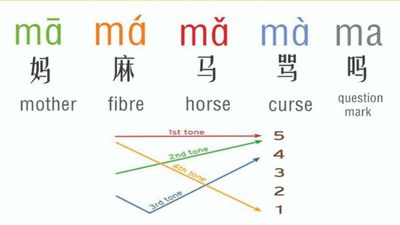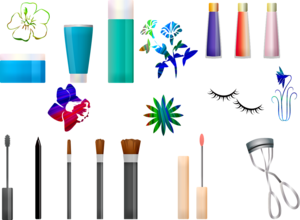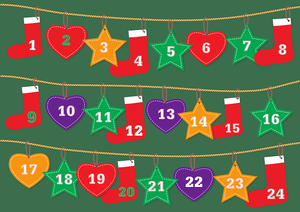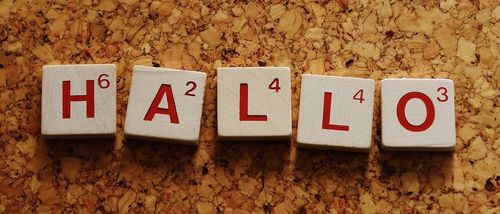Dancing with Questions: Mastering the Use of '吗' in Mandarin Conversations
Unlock the secrets of forming perfect questions in Mandarin Chinese with our guide on using '吗'. Avoid common mistakes and engage confidently in conversations
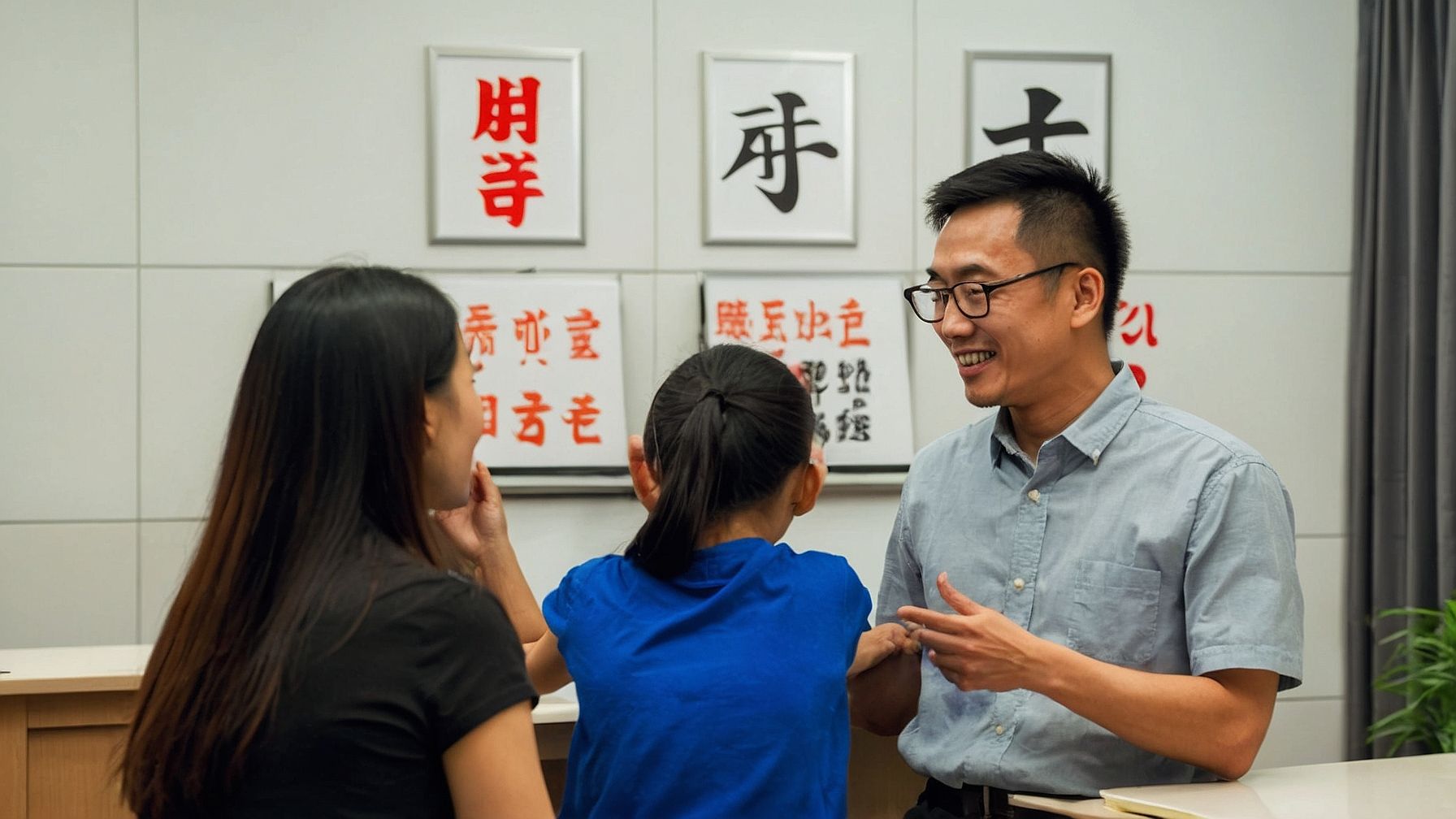
Dancing with Questions: Mastering the Use of '吗' in Mandarin Conversations
Embarking on your Mandarin learning journey, you'll quickly encounter a charmingly straightforward pathway to unlocking conversations: the art of asking yes-no questions. Imagine standing at the crossroads of dialogue, where a single syllable can open up pathways of understanding, curiosity, and connection. This is the magic of "吗" (ma), a simple yet powerful tool that transforms statements into questions, inviting responses that bridge worlds.
The Essence of Yes-No Questions
At their core, yes-no questions are the keys to direct answers. They're like knocking on a door, wondering if you'll be greeted with a "yes" (是, shì) or a "no" (不是, bù shì). In English, we often rely on auxiliary verbs ("do," "does," "is") to perform this linguistic alchemy. But Mandarin, ever the minimalist, uses "吗" to weave this spell.
The Magic of "吗" (ma)
Picture "吗" as a gentle yet transformative breeze that sweeps over a sentence, turning a statement like "You are a student" (你是学生, Nǐ shì xuéshēng) into a question simply by appending it at the end: "Are you a student?" (你是学生吗?, Nǐ shì xuéshēng ma?). There's no need to rearrange the words or change the form; "吗" does all the heavy lifting, making question-forming an accessible feat for Mandarin learners.
This approach not only simplifies the grammar but also encapsulates a beautiful aspect of Mandarin's efficiency and rhythm. It's a dance of intonation, where the melody of your voice carries the weight of inquiry, and "吗," the final note, signals the question to the listener.
Embracing the Role of "吗"
Incorporating "吗" into your conversations opens doors to learning and connection. It's a gentle nod to the listener, an invitation to share, confirm, or deny. This isn't just about getting to grips with a grammatical structure; it's about learning to navigate the flow of conversation, to ask and be answered, to engage with the world around you in Mandarin.
As you venture forth, let "吗" be your companion. Whether you're asking for directions, inquiring if a seat is taken, or simply wondering if someone has seen a certain movie, this little syllable will be there to guide your sentences from statements into questions, from thoughts into dialogues.
So, embrace the simplicity and elegance of "吗," and watch as the doors to conversations swing wide open, welcoming you into a world of interaction, discovery, and understanding that transcends language barriers. It's a small step in grammar, but a giant leap in your Mandarin journey.
I. The Function of "吗" (ma)
The Role of "吗" in Mandarin
In the vast landscape of Mandarin Chinese, where tones dictate meaning and characters encapsulate history, "吗" serves as a bridge from declaration to dialogue. Attach it to the end of a statement, and suddenly, you're not just speaking; you're inviting a response, engaging with the listener in a dance of question and answer. It’s as if by simply adding "吗," you’ve opened a door, beckoning the other person to step through and share their world with you.
A Contrast to English Question Formation
Now, if you’re familiar with the English way of forming questions, you know it can be a bit like assembling a puzzle. You often have to do a bit of linguistic gymnastics, rearranging words and employing helpers like "do" or "does" to signal a question. "You eat" becomes "Do you eat?" – a shift that requires you to keep track of subjects, verbs, and sometimes, auxiliary verbs.
Mandarin, on the other hand, opts for elegance and efficiency. "你吃" (Nǐ chī, You eat) transforms into "你吃吗?" (Nǐ chī ma?, Do you eat?) with the simple addition of "吗." There’s no need to shuffle words around or change the verb form. The sentence structure remains as serene and unaltered as a calm lake; "吗" is the pebble you toss in to create ripples of inquiry.
Embracing "吗" in Your Mandarin Toolkit
Understanding and using "吗" is like discovering a shortcut through the forest of language learning. It’s a tool that, once mastered, offers you the freedom to ask questions about the world around you, from the mundane to the profound. Want to know if someone has seen a movie? "你看过这个电影吗?" (Nǐ kànguò zhège diànyǐng ma?). Curious if a friend likes spicy food? "你喜欢辣的吗?" (Nǐ xǐhuān là de ma?).
As you incorporate "吗" into your conversations, you'll find it's more than just a particle; it's a passport to engagement, a way to transform observations into interactions. So, play with it, practice it, and watch as the simple act of asking questions opens up a world of understanding and connection that bridges cultures and deepens friendships.
Remember, every "吗" is an invitation, a small gesture that says, "Tell me more about you." It's a reminder that at the heart of language learning is the desire to connect, to understand, and to share in the human experience, no matter where your travels take you.
II. Forming Yes-No Questions with "吗"
The Simple Magic of "吗"
Imagine you're holding a paintbrush, and with a single stroke, you can transform a landscape from day to night. That's the kind of transformation "吗" offers. You take a statement, something as simple as "你是学生" (Nǐ shì xuéshēng, You are a student), and with the addition of "吗", it becomes "你是学生吗?" (Nǐ shì xuéshēng ma?, Are you a student?). There's no need to rearrange the words or alter the sentence structure; just append "吗" and you've opened the door to a response.
Examples That Bring "吗" to Life
Let's look at some everyday sentences and see how "吗" turns them into questions. It's like having a conversational wand at your disposal:
• Statement: "这是你的书" (Zhè shì nǐ de shū, This is your book). Question: "这是你的书吗?" (Zhè shì nǐ de shū ma?, Is this your book?).
• Statement: "他在家" (Tā zài jiā, He is at home). Question: "他在家吗?" (Tā zài jiā ma?, Is he at home?).
• Statement: "我们迟到了" (Wǒmen chídào le, We are late). Question: "我们迟到了吗?" (Wǒmen chídào le ma?, Are we late?).
Practicing the Art of "吗"
To weave "吗" into your Mandarin tapestry with confidence, practice is key. Here are some simple exercises to help you master this transformative syllable:
1. Sentence Transformation: Take any statement you’re comfortable with in Mandarin and practice turning it into a question by adding "吗". For example, "你好" (Nǐ hǎo, Hello) isn’t exactly a statement, but try making it a question, "你好吗?" (Nǐ hǎo ma?, How are you?).
2. Listening for "吗": As you listen to Mandarin conversations, songs, or watch films, tune your ear to catch "吗" in questions. It'll help you get a sense of how naturally it fits into the flow of dialogue.
3. Interactive Practice: Next time you’re chatting with a Mandarin-speaking friend or language exchange partner, challenge yourself to ask questions using "吗". Real-life practice will not only boost your confidence but also help you appreciate the nuance of tone that differentiates a statement from a question.
III. Answering Yes-No Questions
The Basic Moves: "是" and "不是"
When you're directly asked a yes-no question, the simplest way to respond is with "是" (shì, yes) or "不是" (bù shì, no). Think of these as your go-to dance steps, reliable and straightforward. If someone asks, "你是学生吗?" (Nǐ shì xuéshēng ma?, Are you a student?), you can confidently reply with "是" (Yes, I am) or "不是" (No, I'm not), depending on your status.
Expanding Your Repertoire
However, the beauty of conversation lies in its variety. Just as in dance, where variation and flair make the performance more captivating, so too can your answers become more interesting with a bit more detail:
• Agreeing Without "是": Often, repeating the verb or adjective from the question can affirmatively answer it. For "你饿吗?" (Nǐ è ma?, Are you hungry?), responding with "饿" (È, Hungry) suffices to convey "Yes, I'm hungry."
• Disagreeing with Detail: Adding information to a "不是" can enrich the conversation. For example, if asked "你是老师吗?" (Nǐ shì lǎoshī ma?, Are you a teacher?), replying with "不是,我是医生" (Bù shì, wǒ shì yīshēng, No, I am a doctor) shares more about you.
Other Common Responses
The Mandarin conversational dance floor also welcomes other common steps for affirmative and negative responses, adding variety and nuance to your dialogues:
• "对" (Duì, Correct) and "不对" (Bù duì, Incorrect): Useful for confirming or denying facts.
• "可以" (Kěyǐ, Can/Ok) and "不可以" (Bù kěyǐ, Cannot/Not ok): Handy for expressing permission or possibility.
• "有" (Yǒu, Have) and "没有" (Méiyǒu, Do not have): Great for questions about possession or experience.
As you waltz through the Mandarin landscape, peppering your speech with questions that end in "吗" (ma) can feel like adding a little zest to your conversations. But, as with any new dance, sometimes our feet get tangled. Let's chat about some common missteps learners might make with "吗" and how to glide more smoothly on your path to Mandarin fluency.
IV. Common Mistakes and How to Avoid Them
Common Slip-Ups with "吗"
1. Forgetting to Drop the Tone: Remember, "吗" carries a neutral tone. It's a common hiccup to accidentally assign it a tone, especially when you're in the flow of conversation. Imagine "吗" as a light feather landing on the end of your sentence, not altering the melody but gently indicating a question.
2. Mixing Up Question Particles: Mandarin has a few particles for asking questions, like "呢" (ne) for checking in or "吧" (ba) for suggestions. Using "吗" when another particle would be more fitting is like wearing hiking boots to a ballroom dance. Each particle sets a different tone for the question.
3. Overusing "吗": While "吗" is handy, not every question needs it. For example, questions with "who," "what," "where," etc., don't pair with "吗" since the question word itself does the asking. It's a bit like adding too much salt to a dish; moderation is key.
Stepping Confidently with "吗"
To keep "吗" in its rightful place and make your questions as graceful as a calligrapher's brush, here are some tips to remember:
1. Practice with a Purpose: Create a daily practice session where you specifically focus on forming questions with "吗". You could describe your surroundings, "这是你的笔吗?" (Zhè shì nǐ de bǐ ma?, Is this your pen?), or inquire about preferences, "你喜欢茶吗?" (Nǐ xǐhuān chá ma?, Do you like tea?).
2. Listen and Repeat: Immerse yourself in Mandarin content—podcasts, TV shows, music—and pay special attention to how and when "吗" is used. Repeat the questions you hear out loud, focusing on the neutral tone of "吗".
3. Use Memory Aids: Find a catchy song, rhyme, or mnemonic that reminds you of the role of "吗" in forming questions. Associating "吗" with a vivid image or tune can make it stick in your mind more effectively.
4. Engage in Conversational Practice: Whether with a language exchange partner, tutor, or even a language learning app, practice forming questions with "吗" in conversation. Real-life application helps cement the concept and makes it second nature.
5. Reflect and Adjust: After conversations or practice sessions, reflect on how you used "吗". Did you forget it in places? Use it where it wasn't needed? Reflection helps you recognize patterns and adjust your approach.


